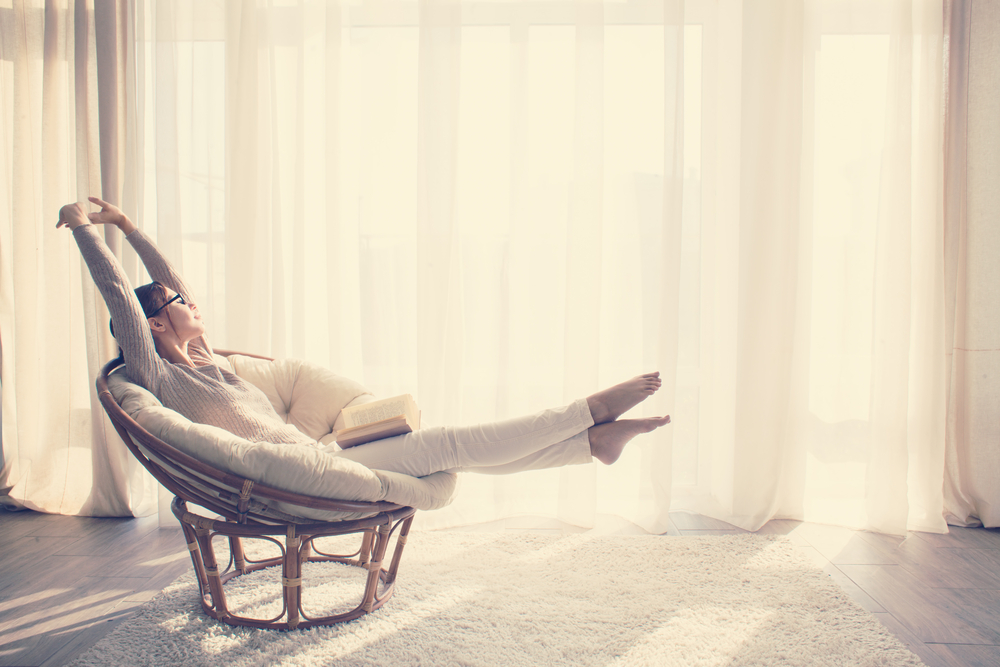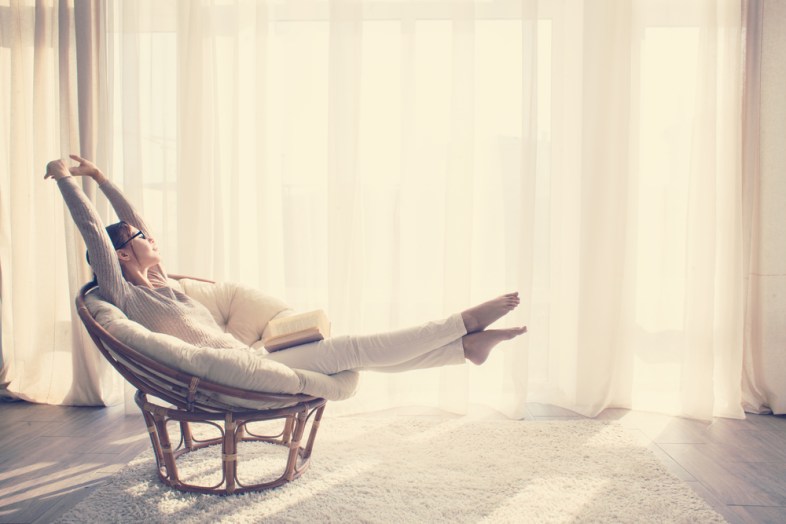Science Shows Women Have Happier And Healthier Relationships When They’re Unemployed
Although women are out in the workforce more than ever, it doesn’t mean that being a working woman has gotten easier.


Although women are out in the workforce more than ever, it doesn’t mean that being a working woman has gotten easier. Not only do women still have to deal with the gender pay gap, but cultural norms and gender stereotypes also play a key role in what it’s like to be a working woman.
A recent piece in the New York Times examined both the effects working has on women in the United States, as well as what women are working and what women are not. The study found that although men are negatively affected by not working, women, on the other hand, felt better when they’re unemployed. Women felt that when they were not working their relationships with those around them improved, as did their health. Men, however, felt that with unemployment came a decrease in health simply because they were not working. They also felt their relationships suffered when they were unemployed.
In affluent and religious areas, the unemployment rate of women tends to be on the high side because of the concept of the stay-at-home mom.
Most notably, those areas are in Utah where the Mormon percentage is high and in Upper Manhattan where money just seems to grow on trees. For example, in Salt Lake City 90 percent of the men are employed compared to only 30 percent of the women who can say the same. On the wealthiest block of Manhattan, only half of the women are employed.
However, New England, which as a whole is fairly well-off, has high employment rates for women, despite the comfortable socioeconomic status of that part of the country. The reason for this, according to the study, is that New England is a highly educated region. In fact, the Northeast, in general, is the most educated part of the country.
Not too surprisingly, high unemployment rates of women (and men) can also be found in poverty-stricken areas, like the Deep South, Appalachia, and the interior Southwest. But, to further prove how complicated this all is, the chances of a woman being unemployed in these poorer regions is on par with the unemployment rate of that aforementioned wealthiest block in Manhattan. Go figure.
The general takeaway here, if we can try to pinpoint one, is that although we have moved very much forward as a society in the evolution of women becoming an equal part of the workforce, much remains the same.
Men, who are raised to be providers, are not happy when they’re unemployed, while women, who traditionally have been the caregivers and homemakers, actually do relish in that role, on average of course.
Women still struggle to make equal to men, and the poorest communities, despite their best efforts, never quite get off the ground to thrive. When children come into the picture, even more stress, financially and otherwise, just adds to the already existent complications.
It would be nice to see a more even playing fielding when it comes to women working, but I realize me writing that isn’t going to result in a plethora of open job positions in the bayous of Louisiana. What I do think, though, is that in knowing what we’re up against and where we all stand as the working women of the world, we can have a better understanding of each other and the differences that both divide and unite us. That’s the first step in making for an equal workforce. ![]()


